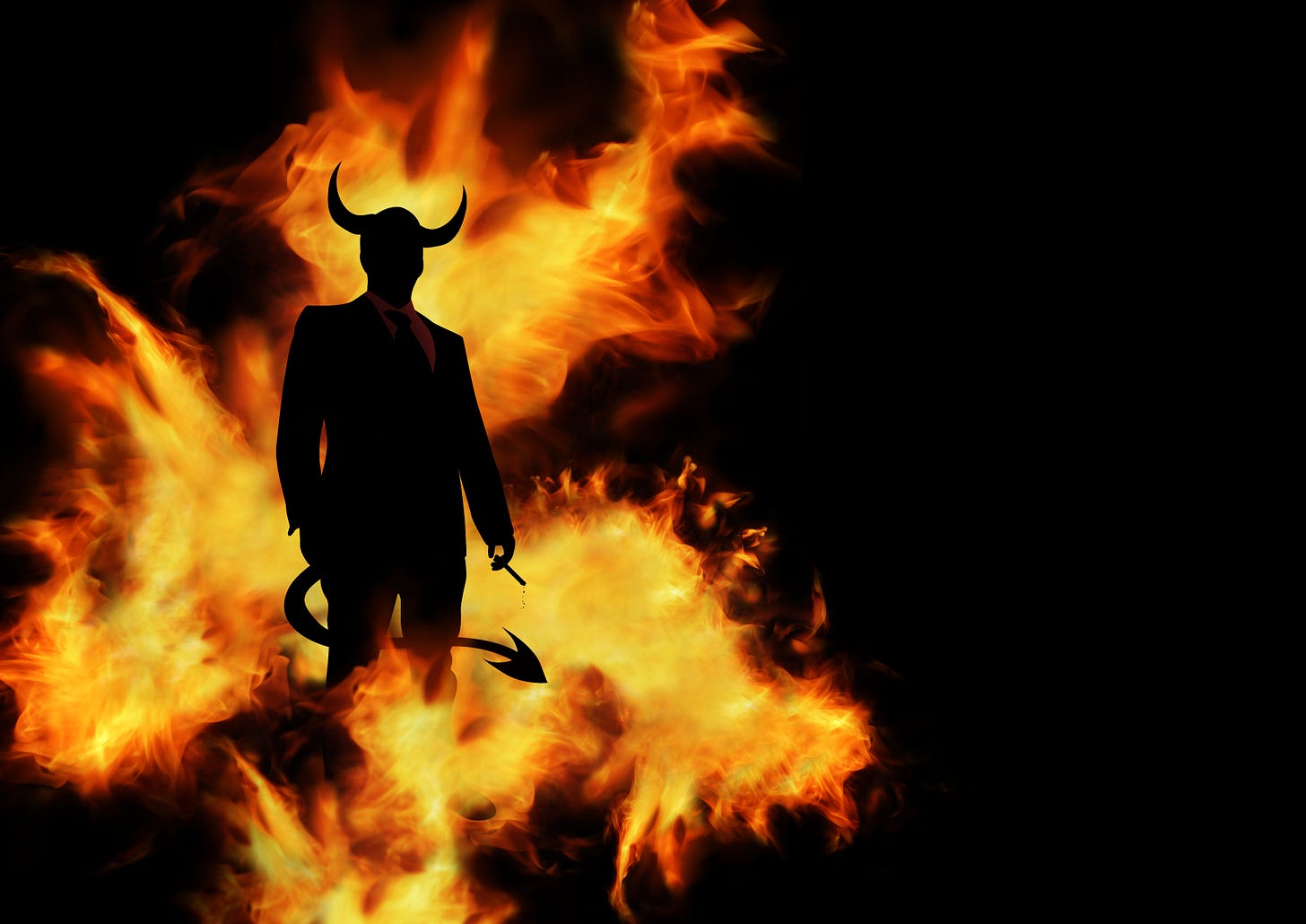
Addiction is a crippling condition that affects every element of the human ecosystem. To confront such a voluminous problem directly is noble yet incredibly difficult. The 12 steps of fellowships such as Narcotics Anonymous (NA) were designed to salvage the lives of suffering addicts. Simple and straightforward, each step is critical in achieving bearable abstinence; however, the first is marked by profound exception, often thought to be the most important facet of a thriving recovery. In NA, it is given as follows:
We admitted we were powerless over our addiction, that our lives had become unmanageable.
Understanding this statement is the foundation of any successful rehabilitation from deeply entrenched addictions. For those newly introduced to 12-step programs, thorough digestion and integration of every nuanced detail behind step one is crucial. Unfortunately, doing so is largely experiential—non-addicts can grasp it conceptually but have no means of adopting a genuine, visceral appreciation of its sheer magnitude. Here, I attempt to convey this depth to the laymen, outlining a comprehensive framework for the terms “powerless” and “unmanageable” using both theoretical descriptions and situational examples from my own life.
I endured a great deal of pain and hardship before becoming truly able to integrate the first step into my consciousness—years were spent getting beaten down by circumstance, being fed through a figurative meat grinder, witnessed by anyone brave enough to stomach. Now, I process its wisdom every day upon waking, highlighting significant components which keep me far out of reach from any abusable drug. Ideally, my history would serve as a distinctly lit warning sign for those new to or stuck within the microcosm of psychoactive substance abuse—a grim message of fabled optimism negating others from entering the same realm of agony that I danced within for 17 years.

It is first necessary to address the notion of “rock bottom,” a common term referring to the lowest attainable state of physical, mental, emotional and spiritual health that one can reach, preferably succeeded by a viable period of abstinence and improved wellness. In reality, the idea of a globalized, absolute bottom is illusory. Outside of death and perhaps permanent incarceration or psychiatric institutionalization, there is literally no discernable bottom-level state of being that could not be worsened.1
As indicated in one of Astral Projections’ earliest posts, I ascribe the label of “bottom” to six separate snapshots of time in my adult life. I must be strictly clear, however; these minimized positions are purely relative—derived comparatively using my own systematic container of perception, more aptly called localized bottoms.2 This distinction is meaningful for recovery novices. When one has reached the most gut-wrenching and disturbing point of their humanly existence thus far, they naturally assume that it cannot degrade further—it can and it will should they choose to delay adherence to abstinence-based virtues. Those lucky or wise welcome this knowledge at face value from seasoned veterans and apply it, ruminating on the requisite calamities involved in a life more gruesome than whatever they just faced.
Wrapped in this context, powerlessness is the uncontrolled tendency towards localized bottoms during late-stage active addiction, characterized by unpredictable and unfavorable outcomes, unbearable physical, mental and emotional compositions, and, generally, behavior that the same person in a healthy state of being would not partake in and likely even be horrified by. It is an outright absence of both agency and autonomy—the surrounding environment spirals into distilled chaos, creating a volatile landscape for sufferers and family alike. Inertia—the tendency for a body of mass moving or at rest to stay moving or at rest, respectively—is the perfect metaphor to describe the throws of powerlessness. The addict becomes nothing more than an object, garnering speed and momentum at a uniform rate, frozen, watching in muted anguish as their life is torn apart limb by limb.

Particular to substance addiction, powerlessness is the uninhibited consumption of drugs and alcohol, regardless of the insurmountable costs to body, mind and relation incurred by doing so. These consumables act as fuel—flammable, contagious vessels of potent destructibility, paradoxically driving the user further into insanity yet acting at the forefront of practicable operations—the duality of cataclysmic substance abuse. The addict is so infatuated with their chemicals that they don blinders effective to the rest of humanity, rendering them unable to decipher true values from a carnal sense of hedonistic immortality. Drugs become prophetic, leading their follower fiercely into a tortuous network of hellish caves to become fractured from actuality, miles below the surface of normalcy, wholly severed from their soul, God, love and truth.
Unmanageability is not dissimilar to powerlessness. Associated with this descriptor is complete erosion of relationships, loss of financial upkeep, full-blown apathy towards societal standards, and total detachment from the real world. Essentially, in the backend transgressions of substance worship, the addict’s life as it once appeared becomes such a non-priority that they fail to connect whatsoever with the light of average day. Preoccupied with survival, hysteria and psychosis, the person’s placement inside culture disintegrates. Matters that once were noteworthy are sliced away, basically irrelevant anyhow as they teeter in and out of the grips of death. Viewed by sane bystanders, the addict is often an outcast, a vile actor of moral lowliness, judged with harshness and impunity.
Legal problems typically arise out of unmanageability. They hold little weight whilst one continues to battle addiction yet they loom in the wake of recovery, gut-dropping recollections viciously situated throughout the stratosphere of the addicts life. Having reached the wonderful fortune of sobriety, the addict then faces the “wreckage of the past,” a ubiquitous phrase succinctly revealing the work needed to piece one’s livelihood and reputation back together. A formidable, triggering task, no doubt, but a small price to pay compared to the end-result for many drug users—jails, institutions, or death.

To elucidate the raw horsepower propelling an addict under the haunting guise of step one, I will use a real example from my own past—the 2-month period immediately prior to undergoing intensive inpatient treatment. I began this segment with a semblance of control in respect to intake and decisions; however, as my situation started to derail, a specific drug-class catapulted me into a newly animated dimension, and once that threshold is crossed, free-will is gone, sidelined. I landed somewhere between the dueling hands of God and the devil, a convolution of universal comedy and stochastic misfortune.
Throughout these months, I was enraptured by various types of benzodiazepines, opiates, stimulants, psychedelics, dissociatives, nootropics and prescription medications—as well as alcohol—under the influence of 10+ different potent drugs at any given time. Even worse, fate had dipped me into the agonizing world of benzodiazepine withdrawal, at some point, and I was fighting multidimensional demons in more ways than one, warding off this life-threatening ailment with an increased uptake of other substances.
Madness was my moniker. Some close to me did not believe I would make it to the front-steps of treatment; I was extremely fortunate to have walked through those doors. Key moments from this interlude of depravity are summarized below (warning: disturbing).
Using so much MDMA and cocaine that I could not stand up for three days without instantly falling over, yet still continuing to use the same drugs.
Getting absolutely rocked in the face by a psychotic street person while strolling around downtown Calgary early morning, resulting in multiple stitches and a newfound affinity for codeine.
Coming out of a walking-blackout to my legs firing in rapid succession, frenetically—one of the worst sensations I have ever felt—convincing certain people I had suffered a stroke, refusing to visit a hospital.
Deceiving multiple doctors to feed my growing opiate habit, arguing with one brazenly to the point of being placed on a province-wide blacklist.
Smoking methamphetamine with a crowd of homeless folks before purchasing fentanyl, consuming it alone in my cramped office only to overdose and promptly stab my leg with a pre-loaded naloxone pen, snorting a massive line of crushed dextroamphetamine, done to stay alive—regaining consciousness to find a half-written suicide note and a trashed house.
Riding a multiday stint of deep stimulant/withdrawal-induced psychoses featuring an epic spiritual-survival war with powerful unseen forces, navigating the attic beams of a rental-unit wearing climbing shoes, just to escape into the fortified Fairmont hotel, coughing up black goo and studying a book on psychic combat.
Spending a night in a disgusting, sewage-backed, freezing cold holding cell, butt-naked, slamming my body against every hint of egress trying to escape.
Shockingly, this list is not even close to being fully inclusive—I had to cease writing under the real risk of getting overwhelmed and languishing—not to mention the probable impact on my readers. My aspiration in sharing this publicly are three-fold: ownership, accountability, and awareness. It is not meant to glorify the very genuine perils of addiction, in regards to one’s life, health and social standing. This subset of memories represents only a sliver of the overall wasteland that is late-stage powerlessness and unmanageability.3
Those who know me in sobriety would concur that these behaviors are out of character, considering how I present in the world after remaining clean for six months. That is the sinister nature of the spiritual malady, known intimately by many who take up seats in 12-step meetings—a reminder of why abstinence should be protected at all costs once attained. A fear of going back is reasonable—remembering where I came from is paramount in sustaining my recovery. It is tough to stomach at times and I would not wish it upon anyone; however, the glorious potential that becomes unlocked, once living in the solution, is utterly beautiful, unfathomably limitless, boundless, unfiltered and sincere.
Even in the case of a lifetime jail or psychiatric sentence, one’s situation could always devolve into something more painful. As long as one breaths and feels, life could always continue trending on a downward trajectory.
This idea of local vs global bottoms actually comes from the study of thermodynamics, in which local and global minimums of Gibbs free energy are located and analyzed.
A question arose in my mind as I edited this piece—do I hold shame around these happenings, knowing that I was entirely lacking in choice of action, and if I do not, should I? The answer to this is complex. A large part of the process in getting sober was to go through all of the darkness of my past with another human being, laid out systematically in the fourth step. Doing so was relieving, freeing up an ancient weight on my chest previously held there by many years of wild, frightening and often deplorable experiences. I would say that a great deal of the shame evaporated on that day; however, exposing such to the world on a public forum, regardless of how many subscribers I have, is daunting and a separate matter. Some shame has arisen but I’ve treated it with curious compassion, gently bringing myself back into the present and remaining grateful for simply being alive.




